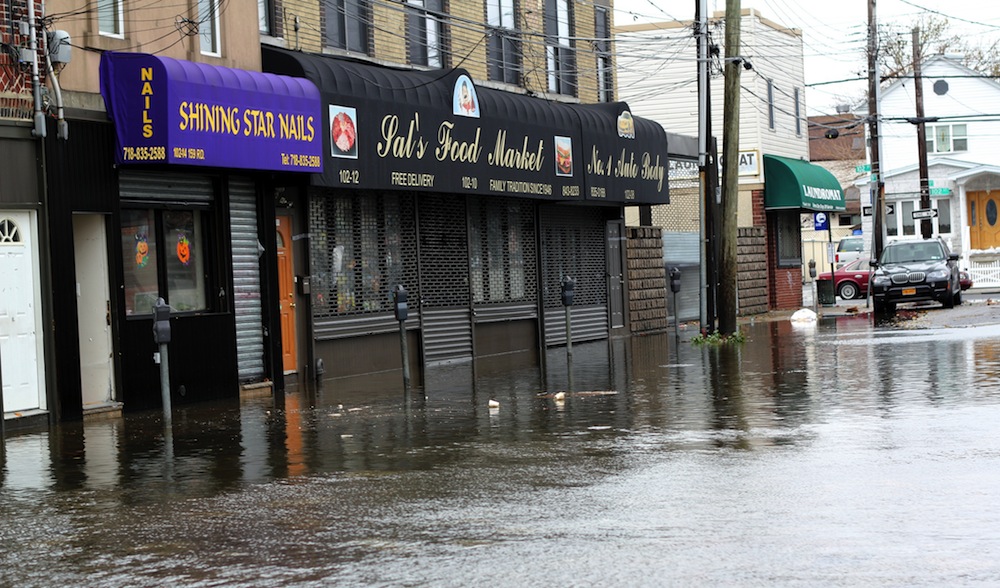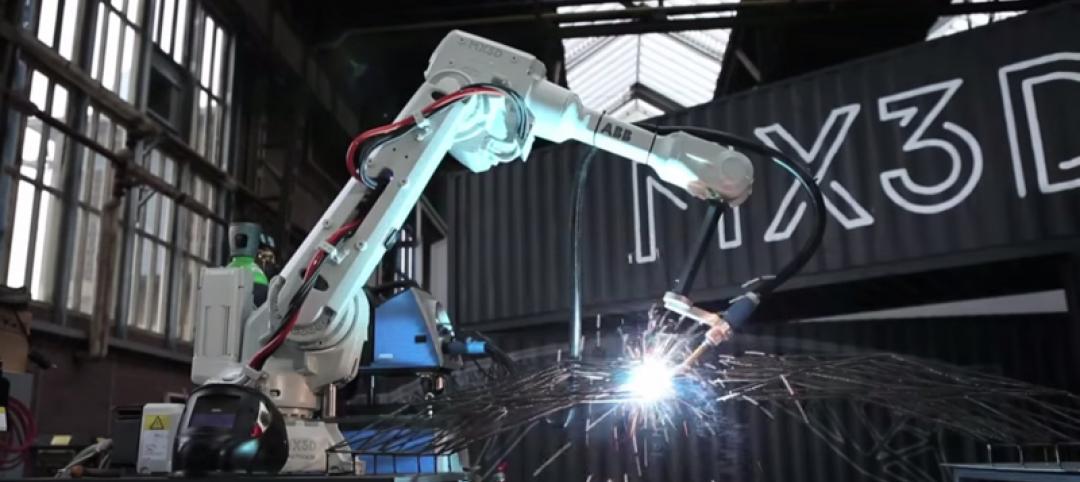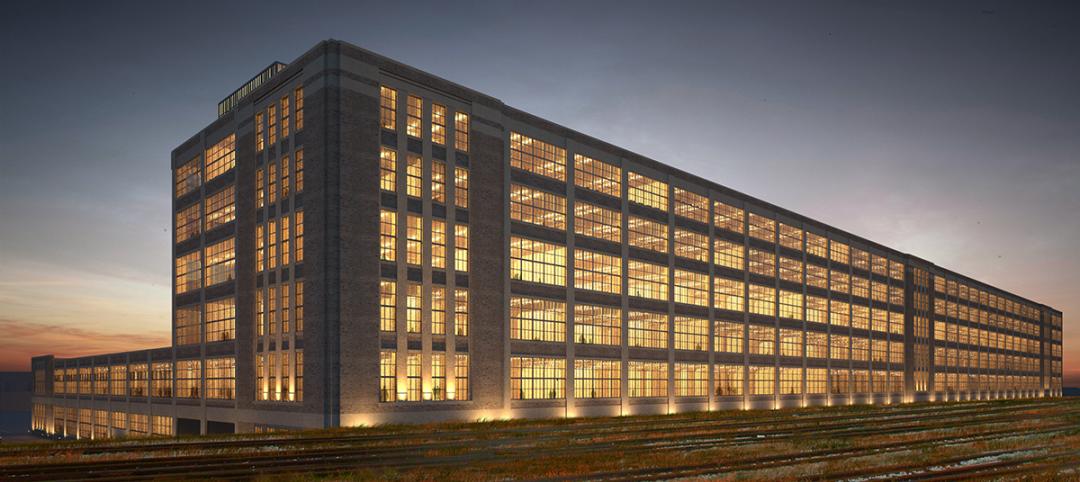Communities around the country including New York City, the Massachusetts towns of Marshfield, Scituate, and Duxbury; Palm Beach County, Fla.; Bethany Beach, Del.; New Orleans; and Belvedere, Calif. have challenged Federal Emergency Management Agency flood insurance rate maps.
The new maps place 80% more New York City homes and businesses in flood zones than the previous set of maps. New York City disputes the new maps and has come up with its own map that takes into account resiliency projects such as hardening of the shoreline. The city’s revised map would remove about 26,000 buildings from flood zones. It wants FEMA to revise federal flood zone maps according to the city’s map.
Builders in New Jersey who have permits that were grandfathered in may still move forward with their projects in flood zones, but are faced with tough decisions. Those who choose to build under outdated flood zone regulations may have their projects undervalued when buyers discover they have to pay high flood insurance premiums.
Professionals who deal with flood map revision requests say that the agency is open to good faith requests for changes to the maps. The process to get changes passed is a lengthy one, however.
Related Stories
BIM and Information Technology | Jun 23, 2015
A steel bridge in Amsterdam will be 3D printed
To complete the bridge, multi-axis industrial robots will be fitted with 3D printing tools and controlled using custom software that enables the robots to print metals, plastics, and combinations of materials.
Smart Buildings | Jun 16, 2015
Former Studebaker plant to become mixed-use tech hub in South Bend, Ind.
Once the nation’s fourth largest automobile manufacturer, employing as many as 23,000 people in South Bend, the Studebaker campus closed in 1963.
Smart Buildings | Jun 15, 2015
NIST releases guide for community resilience planning
The guide lays out a six-step process that starts with the formation of a resilience team drawn from the community and culminates with the development and implementation of resilience strategies that are updated regularly.
BIM and Information Technology | Jun 14, 2015
Deep data: How greater intelligence can lead to better buildings
The buzzword may be “Big Data,” but the reality is that Building Teams need to burrow deep into those huge datasets in the course of designing and building new facilities. Much of the information is free. You just need to dig for it.
Smart Buildings | Jun 11, 2015
Google launches company to improve city living
The search engine giant is yet again diversifying its products. Google has co-created a startup, called Sidewalk Labs, that will focus on “developing innovative technologies to improve cities.”
Green | Jun 8, 2015
Maryland tech firm is developing spray-on solar panels for windows
Made primarily out of hydrogen and carbon, the coating can turn see-through surfaces into solar panels.
Green | Jun 8, 2015
Diamond Schmitt Architects creates tool to compare energy use data across building types
The firm's new ecoMetrics tool allows for a comprehensive analysis of data from energy simulation models across a wide range of the company’s building types.
High-rise Construction | Jun 5, 2015
Japanese policymakers discuss mandate for toilets in elevators
This quirky-sounding building code is a safety measure for the earthquake-prone nation.
Cultural Facilities | Jun 5, 2015
Chicago’s 606 elevated park opens
The 2.7-mile stretch repurposes an abandoned elevated train track that snakes through Humboldt Park and Bucktown.
Smart Buildings | Jun 4, 2015
Evidence suggests wider lanes make city streets more dangerous
Lanes that are 10.5 feet wide have lower side impact crashes than standard 12-foot lanes, suggests new research.
















